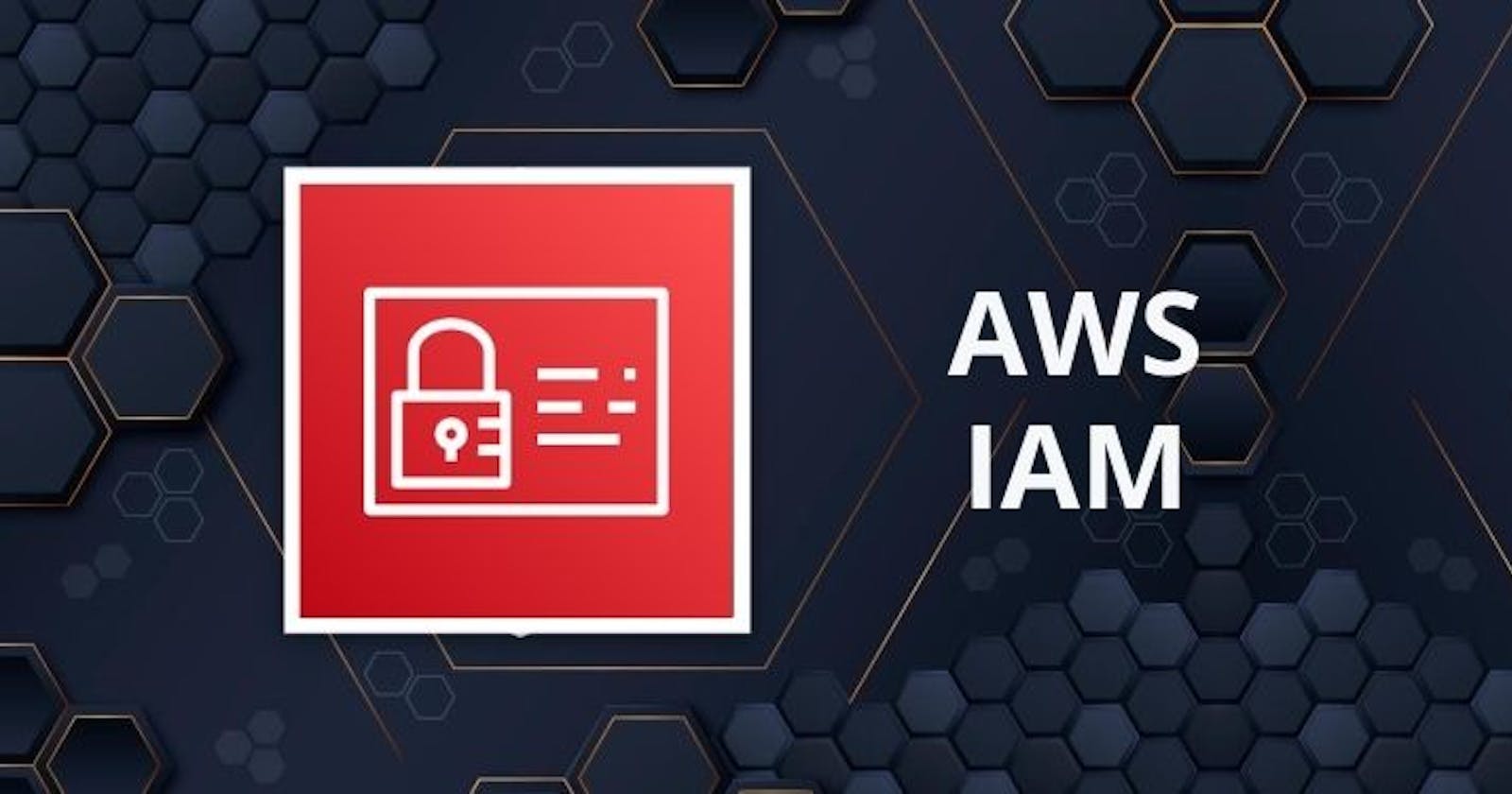AWS Identity and Access Management
When you configure access to any account, two terms come up frequently: authentication and authorization. Although these terms might seem basic, you must fully understand them to properly configure access management on AWS.
Authentication
When you create your AWS account, you use the combination of an email address and a password to verify your identity. If a user types in the correct email address and password, the system assumes the user is allowed to enter and grants them access. This is the process of authentication.
Authentication ensures that the user is who they say they are. User names and passwords are the most common types of authentication. But you might also work with other forms, such as token-based authentication or biometric data, like a fingerprint. Authentication simply answers the question, “Are you who you say you are?”
Authorization
After you’re authenticated and in your AWS account, you might be curious about what actions you can take. This is where authorization comes in. Authorization is the process of giving users permission to access AWS resources and services. Authorization determines whether a user can perform certain actions, such as read, edit, delete, or create resources. Authorization answers the question, “What actions can you perform?”
What is IAM?
AWS Identity and Access Management (IAM) is an AWS service that helps you manage access to your AWS account and resources. It also provides a centralized view of who and what are allowed inside your AWS account (authentication), and who and what have permissions to use and work with your AWS resources (authorization).With IAM, you can share access to an AWS account and resources without sharing your set of access keys or password. You can also provide granular access to those working in your account, so people and services only have permissions to the resources that they need.

IAM features
To help control access and manage identities in your AWS account, IAM offers many features to ensure security.
Global
Integrated with AWS services
Shared access
Multi-factor authentication
Identity federation
Free to use
IAM user
An IAM user represents a person or service that interacts with AWS. You define the user in your AWS account. Any activity done by that user is billed to your account. When you create a user, that user can sign in to gain access to the AWS resources inside your account .You can also add more users to your account as needed
IAM user credentials
An IAM user consists of a name and a set of credentials. When you create a user, you can provide them with the following types of access:
Access to the AWS Management Console
Programmatic access to the AWS CLI and AWS API
To access the console, provide the user with a user name and password. For programmatic access, AWS generates a set of access keys that can be used with the AWS CLI and AWS API. IAM user credentials are considered permanent, which means that they stay with the user until there’s a forced rotation by admins.When you create an IAM user, you can grant permissions directly at the user level. This can seem like a good idea if you have only one or a few users. However, as the number of users increases, keeping up with permissions can become more complicated.
IAM groups
An IAM group is a collection of users. All users in the group inherit the permissions assigned to the group. This makes it possible to give permissions to multiple users at once. It’s a more convenient and scalable way of managing permissions for users in your AWS account. This is why using IAM groups is a best practice.If you have an application that you’re trying to build and you have multiple users in one account working on the application, you might organize the users by job function. For example, you might organize your IAM groups by developers, security, and admins. You could then place all your IAM users into their respective groups. This provides a way to see who has what permissions in your organization. It also helps you scale when new people join, leave, and change roles in your organization.
IAM policies
To manage access and provide permissions to AWS services and resources, you create IAM policies and attach them to an IAM identity. Whenever an IAM identity makes a request, AWS evaluates the policies associated with them.
